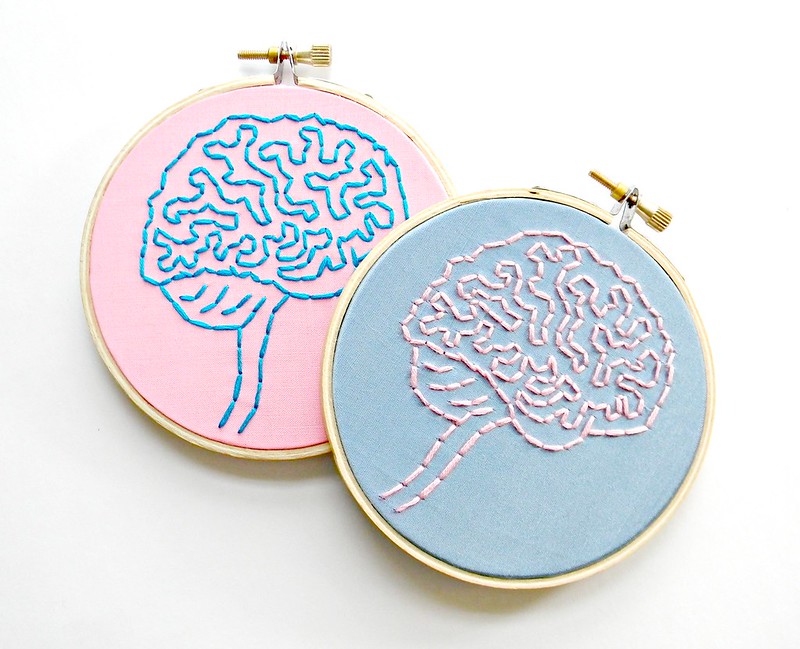As I was about to leave a supermarket a year or two ago, I saw a commotion by the entrance. A man was shouting at the air, arms flailing. Other customers looked afraid and stood back, while two security guards were squaring up against him. The more they made themselves look bigger, the louder and more unpredictable this man got.
I didn’t know the man but I have known plenty of people in his situation. I knew that he probably wasn’t shouting at the air, he was most likely shouting at voices or beings that only he could hear or see. They might have been yelling in his ear all day and he had had enough. He exploded into what seemed like nonsense conversations to outsiders.
Other customers were avoiding him, the security guards were confronting him.
I knew that if the police were called, he would end up in an even worse position than he was already in. And I knew that the customers’ fear and the security guards’ aggression were not the solution.
I didn’t have a plan when I asked him how he was, as if everything was completely normal. He stared at me for a second, lunged forward and shouted “HA” in my face. Out of shock, mostly, I laughed. Then he laughed too. He visibly shrank down in what appeared to be relief.
“I’m ok, love. How are you?” he said, remarkably calmly.
“I’m ok too thanks. Shall we head out?”
He agreed. We left the supermarket together and headed in opposite directions. Having been treated with humanity rather than fear or aggression had helped him in some way. He was no longer shouting or flailing. He was nothing to be afraid of.
He was nothing to be afraid of.
And yet fear is what most people feel when they encounter somebody in that kind of mental distress. It can look disturbing and out of control, but these people are rarely the violent “lunatics” that the media in all its forms seems to portray. On the very rare occasions that people with psychosis or a diagnosis of schizophrenia are violent, they have usually repeatedly sought help and been turned away.
Somebody being distressed does not make them a danger to society.
Yet you don’t hear about this during events like this week’s World Mental Health Day. We’ve all seen enough memes on Facebook and awareness-raising posters on the high street to know that we shouldn’t stigmatise low moods or anxiety, but when do we see similar memes about people who mumble to themselves on the bus or yell at strangers in McDonald’s or run away from a predator nobody else can see in the park?
In fact, one of the UK’s mental health charities, SANE, originally got its name from the highly stigmatising words: Schizophrenia, A National Emergency. A journalist reportedly set the charity up when she wanted to highlight the dangers of people with untreated schizophrenia.
If we are going to aim to destigmatise mental illness, we need to look at it in all its forms, not just the easiest to manage ones. Not just the ones that are more socially acceptable. We must also look at the ones that involve people who rock, or cry out, or pace the streets. The ones that involve people who hear abuse in their ears and see monsters in front of their eyes.
We’ve done part of the job. We all know that mental illness is like a broken leg, apparently (though it isn’t, it really, really isn’t) and that we should treat it with as little stigma as a broken bone evokes (that bit is true at least). But we don’t apply that to those who are arguably the most vulnerable within the mental health community.
Like the man in the supermarket, everybody can benefit from a bit of compassion and being treated like a human. Sometimes that’s all it takes to defuse a crisis. Often, though, it takes a web of statutory mental health services and crisis teams and support helplines and, as these are chronically underfunded by the Conservative government, it is no surprise when some people fall through the net.
Image credit: Hey Paul Studios

